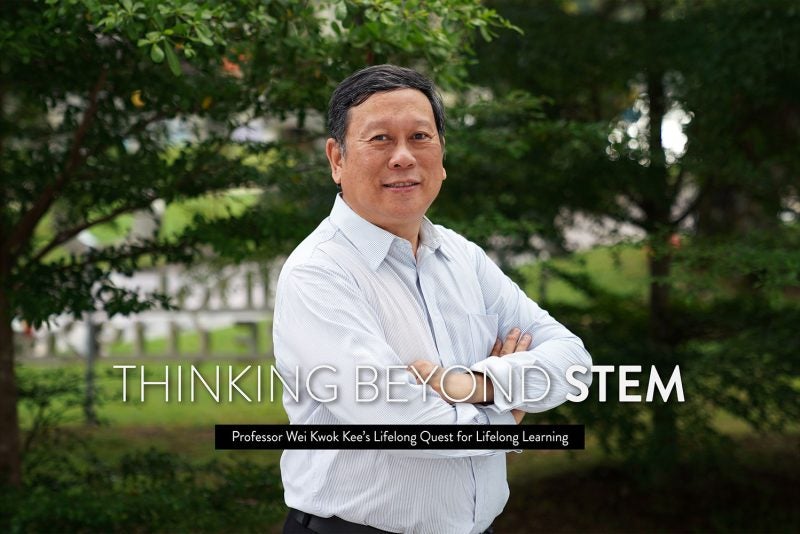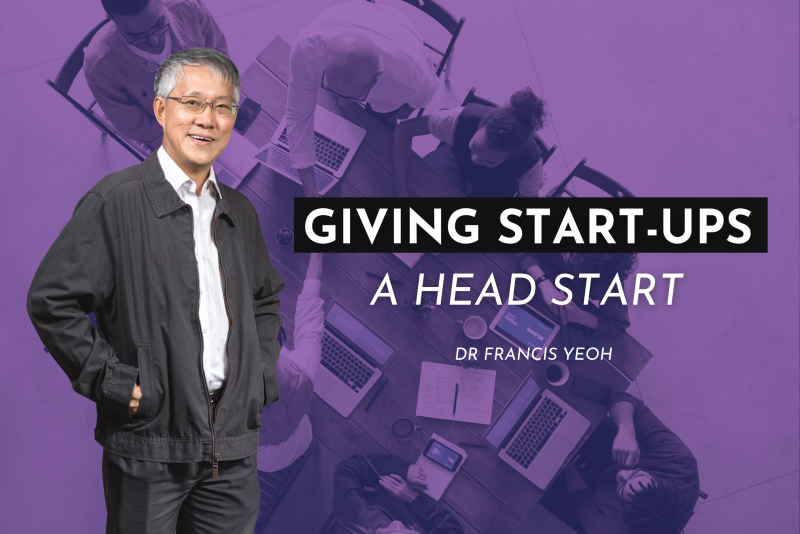From driverless cars to life-saving medical devices and everything in between, the technologies of the future not only promise to change the world, but also to create high-paying jobs and drive economic growth in the countries where they are developed and commercialised. With so much at stake, it’s no wonder that many countries are racing to build the innovation and entrepreneurial ecosystems that make this possible.
Government subsidies are a common strategy for accelerating these efforts. By funding innovation and entrepreneurial efforts of companies, governments can help them make major discoveries and possibly build the next Apple, Google, or Alibaba. But the problem of funding innovation and entrepreneurial efforts is that this can cost billions of dollars and yet not always work. The risks are particularly big in emerging markets, which have limited experience pursuing such efforts. While many of these countries have a long-term interest in cultivating innovation and entrepreneurial culture, they also need to deal with more pressing matters that consume resources, such as supporting healthcare and building essential infrastructure.
Given the risks, how can governments get the most bang for the buck from providing subsidies? And if you happen to be an investor or an employee in a high-tech start-up, how are these subsidies likely to impact your business? Recent research from Bernard Tan, a Professor at NUS Computing, helps shed light on these important questions, providing insights that give us a more informed opinion about the effects of government subsidies in driving innovation and entrepreneurial efforts.
A Case Study from China
When it comes to government subsidies for innovation and entrepreneurial efforts, China is one of the biggest spenders in the world today, so researchers like Prof Tan are watching closely to understand the impact of such government efforts. The Chinese government and private firms in the country spent a staggering USD $279 billion on R&D in 2018, according to the nation’s science minister, making it the world’s second-largest R&D spender globally after the United States. The country is on track to become the top R&D spender within the next few years, and through various initiatives, its leaders are on a mission to make the country a powerhouse in artificial intelligence, biomedicine, mobile networking, and many other potentially transformative technologies.
China’s technological rise is widely studied and closely watched, but few researchers have looked at how its technology policies impact one of the most important indicators of success: whether they are helping privately-held companies to go public and raise capital in the financial markets. Amid the seemingly endless stream of media reports about China’s start-up “unicorns” and big-ticket IPOs, few have taken a close and rigorous look at the influence of government subsidies on their performance.
In a 2017 paper published in Research Policy, a leading academic journal, Prof Tan and colleagues sought to fill that gap in the literature. It looked at 269 entrepreneurial IT firms in China, showing that government subsidies can have a positive impact on the IPO performance of the companies receiving them. Since most companies only receive subsidy after rigorous evaluation and if they are working in exciting areas, this sends a positive signal to investors that the company is promising and worthwhile investing. This is unsurprising because investors usually respond favourably when a company gets an injection of funds from the government. What is surprising, however, is that subsidies can actually harm IPO performance if they get too big. In other words, there comes a point when investors think the company is less valuable as it gets more government funds for their R&D efforts.
“Our data suggests that big R&D subsidies may actually send a negative signal to investors,” says Prof Tan. “In some instances, big R&D subsidies may indicate that the R&D is too risky to have commercial potential, or that the company may be too reliant on government funding.”
Lessons for Policymakers and Entrepreneurs
A major implication of Prof Tan’s research is that governments should be careful about subsidizing the R&D efforts of companies. Beyond a certain point, it appears that such subsidies not only become a waste of taxpayer money, but also an impediment to the very companies they are trying to support.
Prof Tan is careful to note that the research in this area is still relatively new, and this study is only limited to one industry in one country (even if it does happen to cover one of the most dynamic industries in one of the world’s most important technology powerhouses). The impact of government subsidies on innovation and entrepreneurial efforts is likely to vary in different countries based on many factors, notably their level of economic development.
“In more developed countries, a large share of investment for entrepreneurial companies comes from private sources, and private funding sends a very strong signal to the investment community that a company is of high quality,” observes Prof Tan. “But in less developed countries, the private venture capital markets are less robust, and a lot of money comes from public sources, making it a much more important factor in entrepreneurial success.”
Prof Tan and his colleagues are now working on further studies about the impact of government technology policy on other dimensions of innovation and entrepreneurship in Asia. This research will help policymakers, investors, and entrepreneurs across Asia to optimise returns from investments and build the innovation and entrepreneurial ecosystems that are increasingly essential for economic growth in a digital world.
































